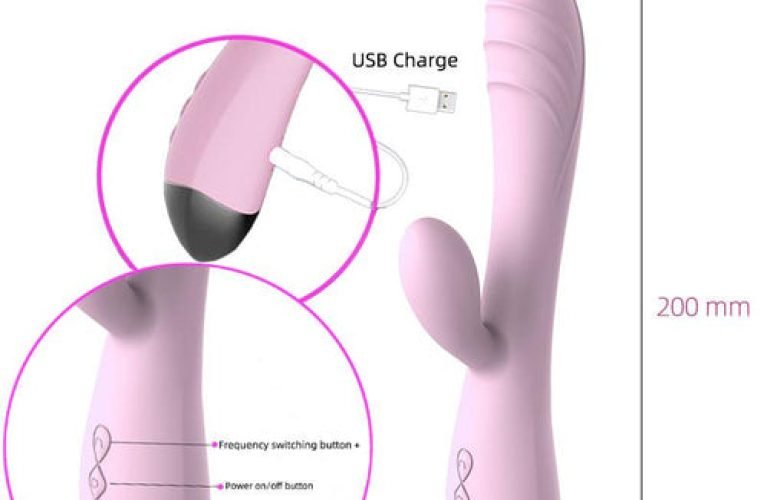In today’s world, reliable power is crucial for both homes and businesses. Generators offer a vital backup solution during power outages, ensuring that operations continue smoothly. However, to maximize the performance and longevity of your generator, proper installation, servicing, and maintenance are essential. Here’s a comprehensive guide to generator installation and the importance of regular servicing and maintenance.
The Importance of Professional Generator Installation
1. Proper Sizing and Placement
One of the key aspects of generator installation is ensuring the unit is appropriately sized for your needs. An undersized generator might struggle to handle the load during an outage, while an oversized unit can be inefficient and costly. Professional installers assess your power requirements and recommend the right size generator based on your needs.
Additionally, proper placement is crucial for both performance and safety. Generators need to be installed in a location that allows for adequate ventilation and prevents the risk of carbon monoxide buildup. Professional installers consider factors like exhaust placement, accessibility for maintenance, and compliance with local regulations.
2. Connection to Electrical Systems
A crucial part of generator installation is integrating the generator with your existing electrical systems. This includes wiring the generator to your home or business’s electrical panel and installing an automatic transfer switch (ATS). The ATS ensures that the generator automatically starts and supplies power when there is an outage, seamlessly switching back to the grid when power is restored.
3. Compliance with Regulations
Generator installations must adhere to local building codes and regulations. Professional installers are familiar with these requirements and ensure that the installation meets all necessary standards, avoiding potential legal issues and ensuring safe operation.
4. Testing and Calibration
After installation, the generator needs to be thoroughly tested and calibrated. This step ensures that the generator functions correctly under load conditions and that all connections and settings are properly adjusted. A professional installation service will conduct comprehensive testing to confirm that everything is in order before finalizing the setup.
The Role of Generator Servicing and Maintenance
Once your generator is installed, regular servicing and maintenance are crucial for ensuring its reliable operation and longevity. Here’s why ongoing care is essential:
1. Preventing Unexpected Failures
Regular servicing helps identify and address potential issues before they become major problems. Routine checks can reveal wear and tear, fluid leaks, or other signs of malfunction. By addressing these issues early, you reduce the risk of unexpected failures during a power outage, ensuring that your generator is always ready when you need it.
2. Enhancing Efficiency
A well-maintained generator operates more efficiently, consuming less fuel and providing more reliable power. Regular servicing includes tasks like cleaning filters, checking and changing fluids, and inspecting the engine and electrical components. These actions help maintain the generator’s performance and fuel efficiency.
3. Extending Lifespan
Like any mechanical equipment, generators benefit from regular maintenance. Routine care helps prevent premature wear and tear, extending the lifespan of your generator. Regular servicing ensures that components are functioning optimally, which reduces the likelihood of major repairs and replacements in the future.
4. Ensuring Compliance with Warranty Requirements
Many generator warranties require regular servicing to remain valid. Following the manufacturer’s recommended maintenance schedule ensures that you comply with warranty terms, protecting your investment and avoiding potential warranty disputes.
Key Aspects of Generator Servicing and Maintenance
1. Routine Inspections
Routine inspections are a fundamental part of generator maintenance. This includes checking the fuel system, electrical connections, and exhaust system. Technicians also inspect the generator’s battery and ensure that it is properly charged and functioning.
2. Fluid Changes
Generators require regular fluid changes, including oil and coolant. Oil changes help lubricate the engine and prevent overheating, while coolant changes ensure that the generator remains at an optimal temperature during operation.
3. Filter Replacement
Air and fuel filters play a critical role in maintaining the generator’s performance. Regular replacement of these filters ensures that the engine receives clean air and fuel, preventing contamination and optimizing performance.
4. Battery Maintenance
The generator’s battery is essential for starting the unit and providing backup power. Regular battery maintenance includes checking the charge level, cleaning terminals, and replacing the battery when necessary.
5. Load Testing
Load testing involves running the generator under a simulated load to ensure it performs effectively during actual power outages. This test helps identify any issues with the generator’s ability to handle the load and provides an opportunity to address them before an emergency arises.
6. Documentation and Record-Keeping
Keeping detailed records of all servicing and maintenance activities is important for tracking the generator’s performance and history. This documentation can be useful for future reference and helps ensure that all maintenance tasks are completed on schedule.
Conclusion
Proper generator installation and regular servicing are key to ensuring that your backup power system operates reliably and efficiently. By choosing professional installation services and committing to ongoing maintenance, you can protect your investment, enhance performance, and avoid unexpected issues during power outages. Whether you’re setting up a new generator or maintaining an existing one, prioritizing these aspects will ensure that you’re prepared for any power challenges that come your way.










